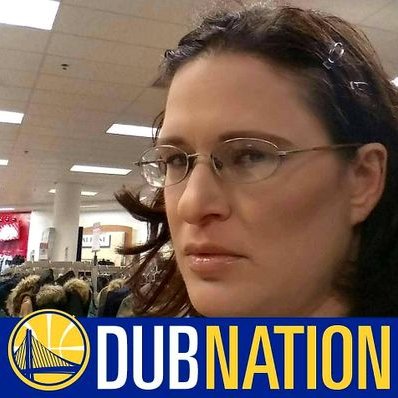
The past four years of drought have left aquifers and snowpack at low levels in California. Despite El Niño, which is bringing more rain, the effects of the drought won’t be reversed any time soon. Clearly, business-as-usual can’t happen ever again.
Seeing the effects of the drought helps to gain a grasp on the size of the problem. Sustainable Silicon Valley (SSV), an organization committed to sustainability in the Bay Area, partnered with Tibco, a software and data analytics company, to learn more about the effects of the drought and find new ways to conserve, recycle and locally source water. They created data visualization of the drought using Tibco Spotfire software with data coming from NASA, the U.S. Geological Survey and state of California water boards.
“It was hard work on the part of two companies. Sustainable Silicon Valley and Tibco came together to work on it,” SSV’s senior advisor, Bruce Naegel, told TriplePundit.
SSV established new initiatives that are partially based on the insights gained from these data visualizations as part of its Net Positive campaign. The organization first created a set of aspirational goals for 2015, which included sourcing only local water for the Bay Area’s water supply by 2050. “The idea is that we really have to about reducing our water consumption and coming up with resources so should be be cut off from outside water, which the snowpack event indicates, we need to start thinking along those lines,” Naegel said. Natural disasters could also cut the Bay Area off from outside water sources, he added.
Some of the new insights the visualization reveals are:
- How the drought has affected areas of California from 2013 to the present.
- Water usage by county and which industries within those counties are responsible for consuming the most water.
- The rate of water production in the state month-to-month, with a breakdown by water regions
- mandatory water restrictions in regions.
- Top recycled water suppliers in California.
In a video about the drought analysis tool, Naegel stated that the goal for Net Positive Bay Area 2050 in the water sector is to have “only locally supplied water,” and pointed out that the Bay Area receives 60 to 80 percent of its water from the snowpack. “If we lose that snowpack we’ll be forced to use only local water,” he said.
https://youtu.be/e24Tc87Myh0
The Bay Area had a GDP of over $738 billion in 2015, which would put it 20th among countries, but two-thirds of its water supply is imported. The goal of the SSV’s Net Positive water initiative is a five-year project that focuses on the following:
- Working to form a task force to get a model ordinance passed for onsite water reuse with support from council members of Santa Clara County’s four biggest cities.
- Encouraging intelligent water use and reuse in new developments through Santa Clara County’s Water Efficiency New Development Task Force.
- A state ordinance bill to set standards for onsite treated water.
- Helping Facebook and the city of Menlo Park collaborate to bring onsite water reuse to Facebook’s new campus.
- Encouraging both Santa Clara County and the state legislature to set standards to allow Google to bring onsite water reuse to their campus.
- Partnering with ARUP, the global engineering and design firm, to conduct water audits in the low-income community of East Palo Alto.
Image credit: Ray Bouknight

Gina-Marie is a freelance writer and journalist armed with a degree in journalism, and a passion for social justice, including the environment and sustainability. She writes for various websites, and has made the 75+ Environmentalists to Follow list by Mashable.com.














